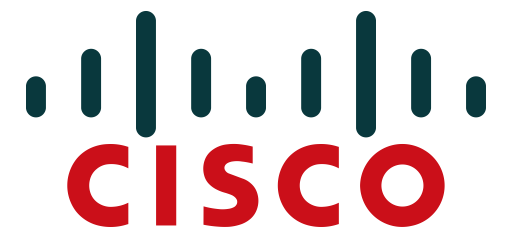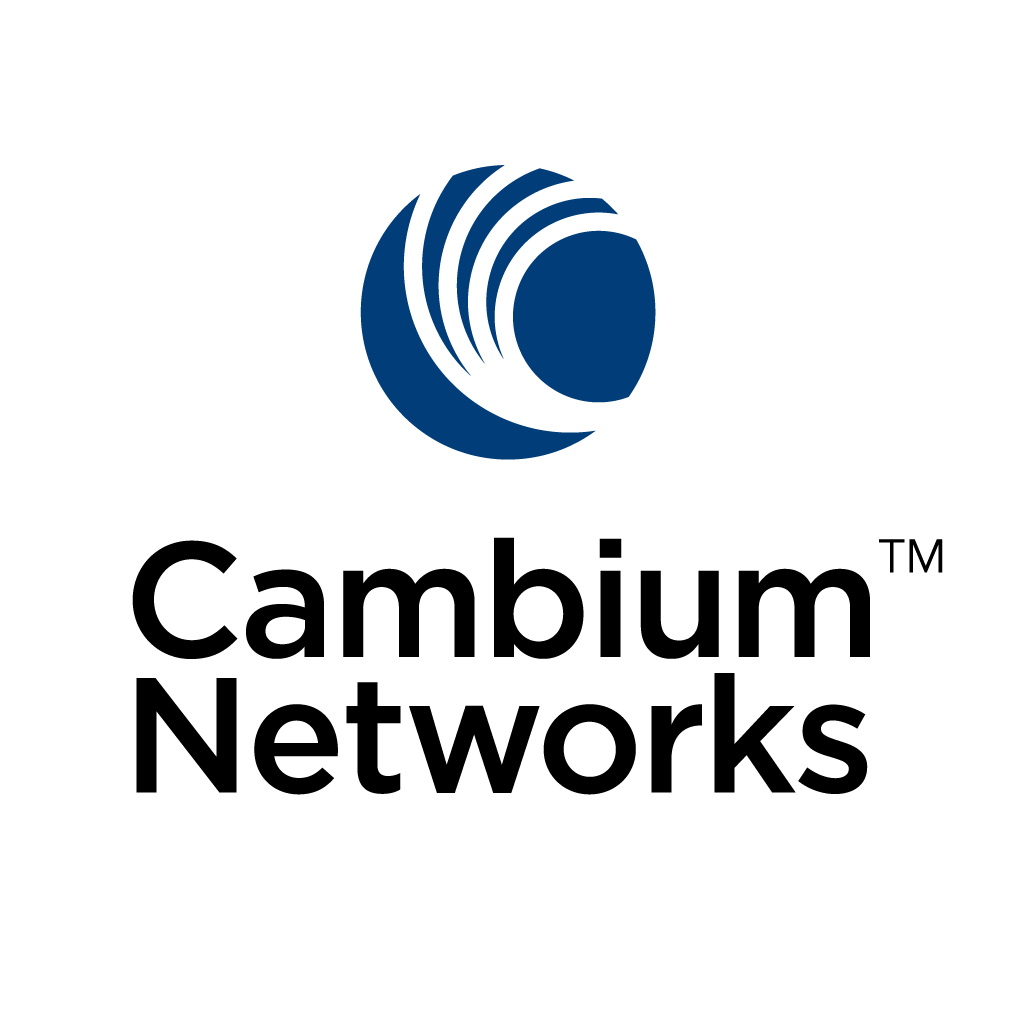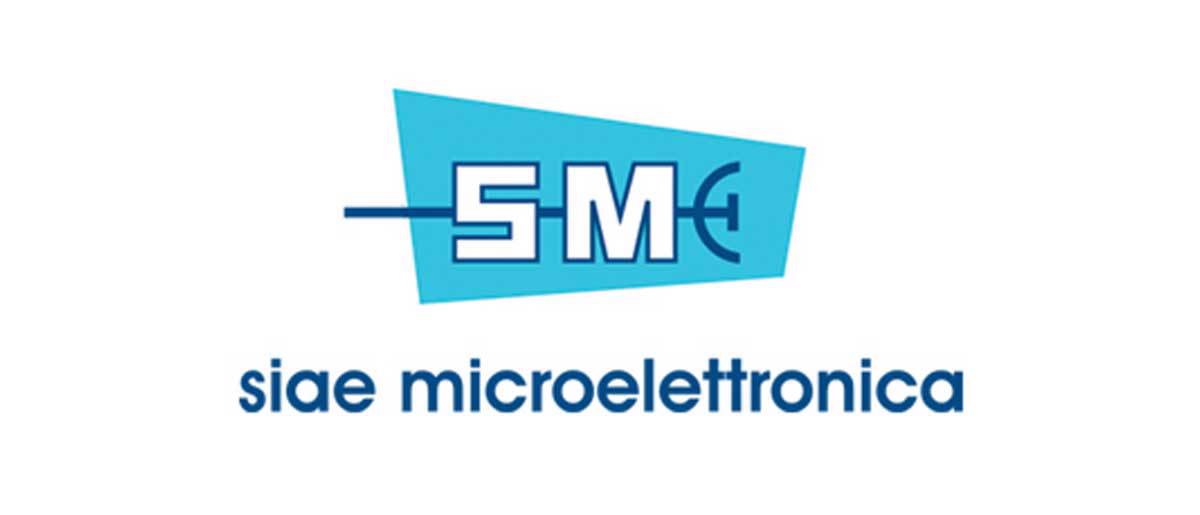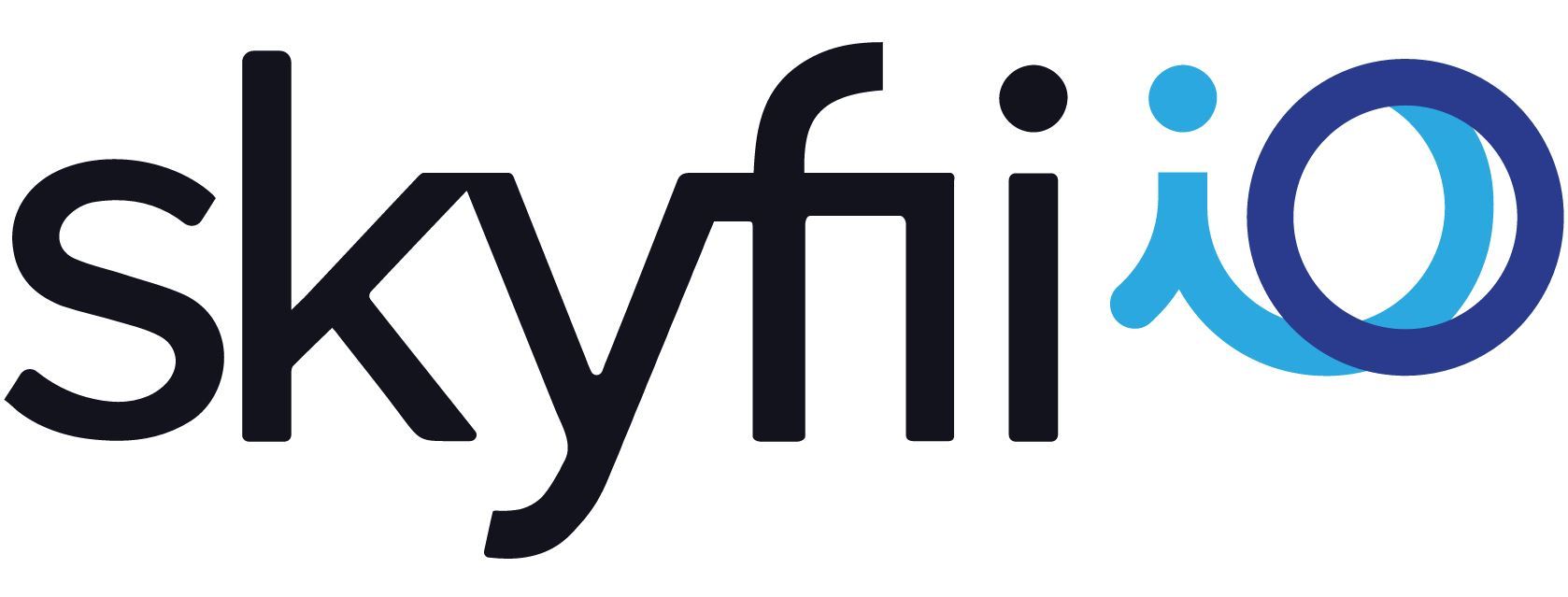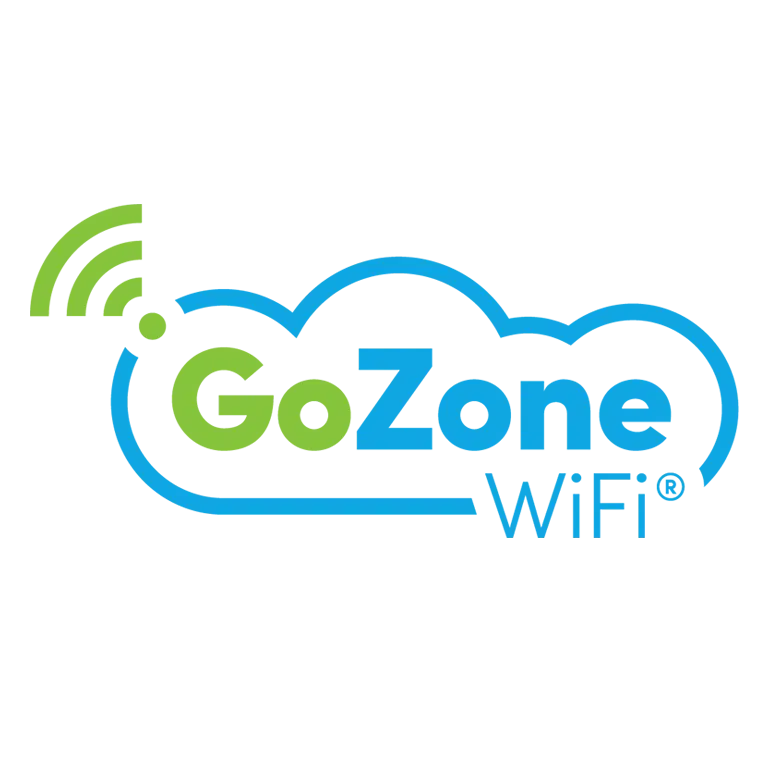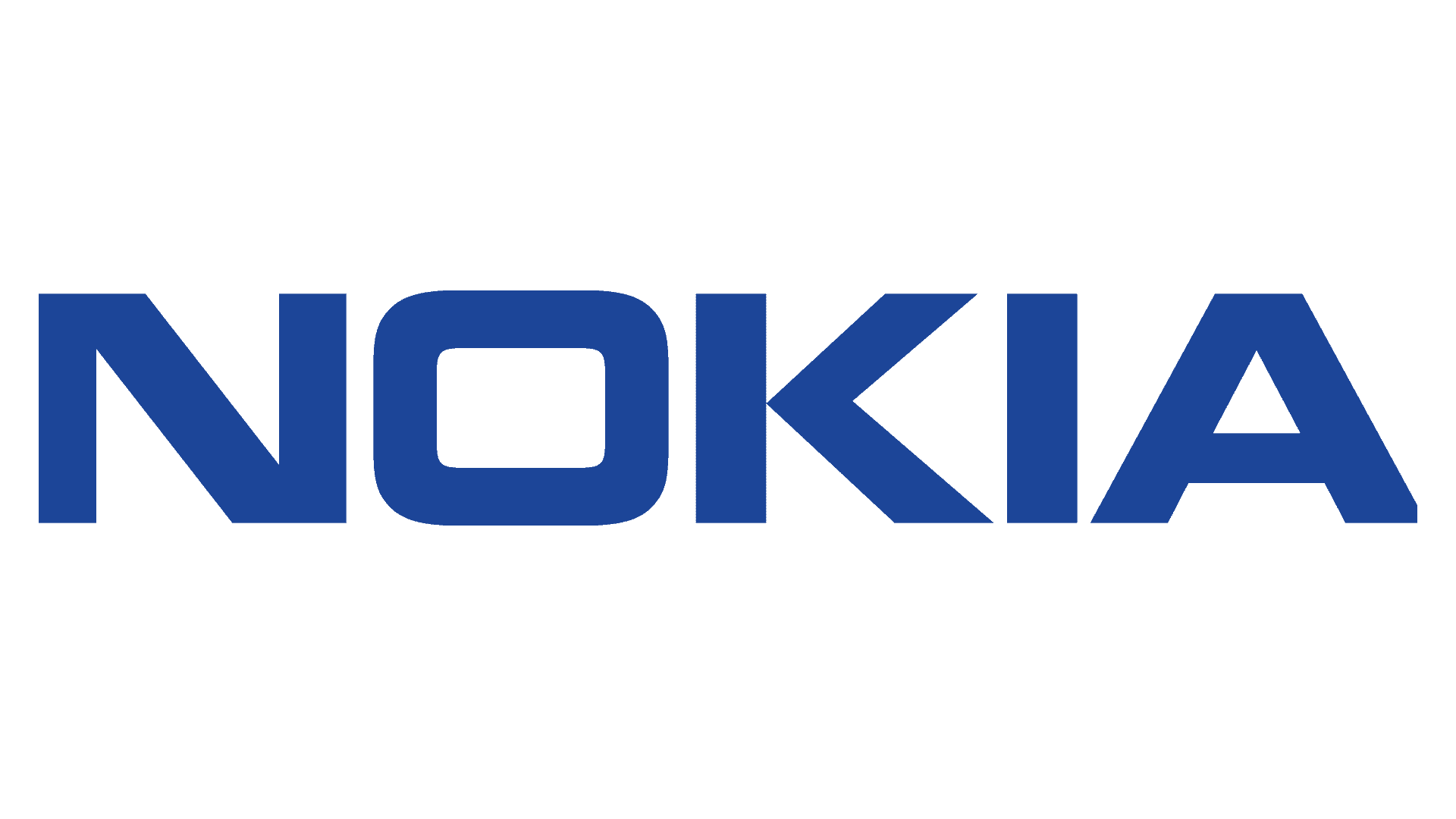On the latest installment of The Wireless Buffet podcast, guest moderator Nick Dinsmoor sat down with Al Brown, President and CEO, SmartWAVE Technologies to discuss grants and funding with Richard Campo, State and Local Government Team with Grants Office and Patrick Riedy, Head of K-12 Education with Grants Office. Grants Office is a consulting firm partnering with schools and education agencies to help get them the technology they need through grant funding.
In the era of COVID-19, the landscape for grants and funding has changed dramatically – and in some very positive ways for schools in need of new technology. But first, it helps to understand the most basic difference between traditional grant funding and some of the COVID-19 related funding we see hitting in the wake of varying stimulus and other bills.
“Prior to the pandemic, most opportunities were traditional grant opportunities,” said Riedy. Riedy said this means that pre-award costs are not allowed, and there is a rigid framework for how a project is proposed, assessed, and executed. “There’s a budget narrative needed for grant work along these traditional lines in the K-12 space.”
Riedy said that the world has changed in recent years, with stimulus funding in the wake of the pandemic really shaking things up – in a good way.
“In a nutshell, traditional grants have a heavier lift up front and no pre-award costs are allowed, whereas stimulus grants have very little lift up front and you can easily justify pre-award costs and get them reimbursed.”
Riedy points out that the moving of reporting and approvals to the back end of projects related to stimulus funding has been a good thing for state and local education because of the challenge of staffing up to manage such projects. Many states are experiencing a teacher and administration shortage in the wake of the pandemic, meaning the resources that would traditionally be required to manage a normal grant are not available. “Stimulus grants are intentionally light work.”
This all spells an interesting shift, with multiple “buckets” of funding now available, not just for K-12 spaces, but to serve entire communities – something Brown highlights from his vantage point.
“When we meet with a client and they’re trying to overcome this digital divide, whether it’s led by a school district or city itself, we encourage them to work together for sustainability purposes,” said Brown. “If you can bring connectivity to a student in a household, you can also serve their siblings and parents, creating an entire community movement.” In fact, Riedy said, strategic partnerships across community organizations can provide wide-ranging benefits to outpace what a single grant could provide.
But, he said, there’s a need to maintain strong boundaries through the execution of such funding “splits.” This includes ESSR (Elementary and Secondary School Emergency Relief) funding as well as unique buckets designed to serve rural areas lacking broadband access, and even funds specifically offered for tribal lands.
“In K-12 schools, the most recent ESSER bucket was more than $122 billion passed onto state education agencies. Technology and grant-specific partners working in these areas need to be ready to help districts assess their need, identify the right partner vendor or technology, and reduce cost barriers for meeting those needs.”
Patrick Riedy, Head of K-12 Education with Grants Office.
“Strategic partnerships are key, so school administrators are going to want to be in contact with your city or county office,” said Riedy. “But you also want to consider who you service, and in K-12, that’s going to mainly be students.
So, it’s important to have those conversations in these partnerships and understand how ‘buckets’ of funding will be applied.” In other words, he said, each organization has their own unique “lane” to stay in, but good communication allows agencies and organizations to work together, ensuring that everyone gets what they need without stepping on each other’s toes.
With wider flexibility and a broader umbrella of how funding can be applied in many cases, Campo said, there’s still the need to consider how to support such projects. “You can apply for as many grants as you can handle, so you just want to make sure you have the resources to handle all of that,” he said.
“There’s the infrastructure, the actual building of the solutions, but for schools, are any of these grants helping support the actual act of paying for the operation of these improvements?” asked Dinsmoor. “With all this coming in, what should schools and communities be doing to prepare, heading into 2022?”
“First and foremost, look at the need, which varies district by district,” said Riedy. “If their district requires them to reach out to rural areas or they have students on tribal lands, there are unique grants just for that. If they have a large homeless population, there are specific programs for those students. The need drives where districts should look first.” And after 2024 – when many of these programs end – what happens?
Both Riedy and Campo said that every district is diverse and unique in its needs and requirements, and that the challenge of navigating that is what will support schools to 2024 and beyond.
“In K-12 schools, the most recent ESSER bucket was more than $122 billion passed onto state education agencies,” said Riedy. “Technology and grant-specific partners working in these areas need to be ready to help districts assess their need, identify the right partner vendor or technology, and reduce cost barriers for meeting those needs.”
With so much money on the line – up to $350 billion in buckets like the American Rescue Plan, per Campo – the complexity can be boiled down to a few must-do checklist items.
“Listen, partner, plan, spend, and implement,” Dinsmoor summed it up.
To learn more about E-Rate, listen into the entire episode and hear the full conversation here.


